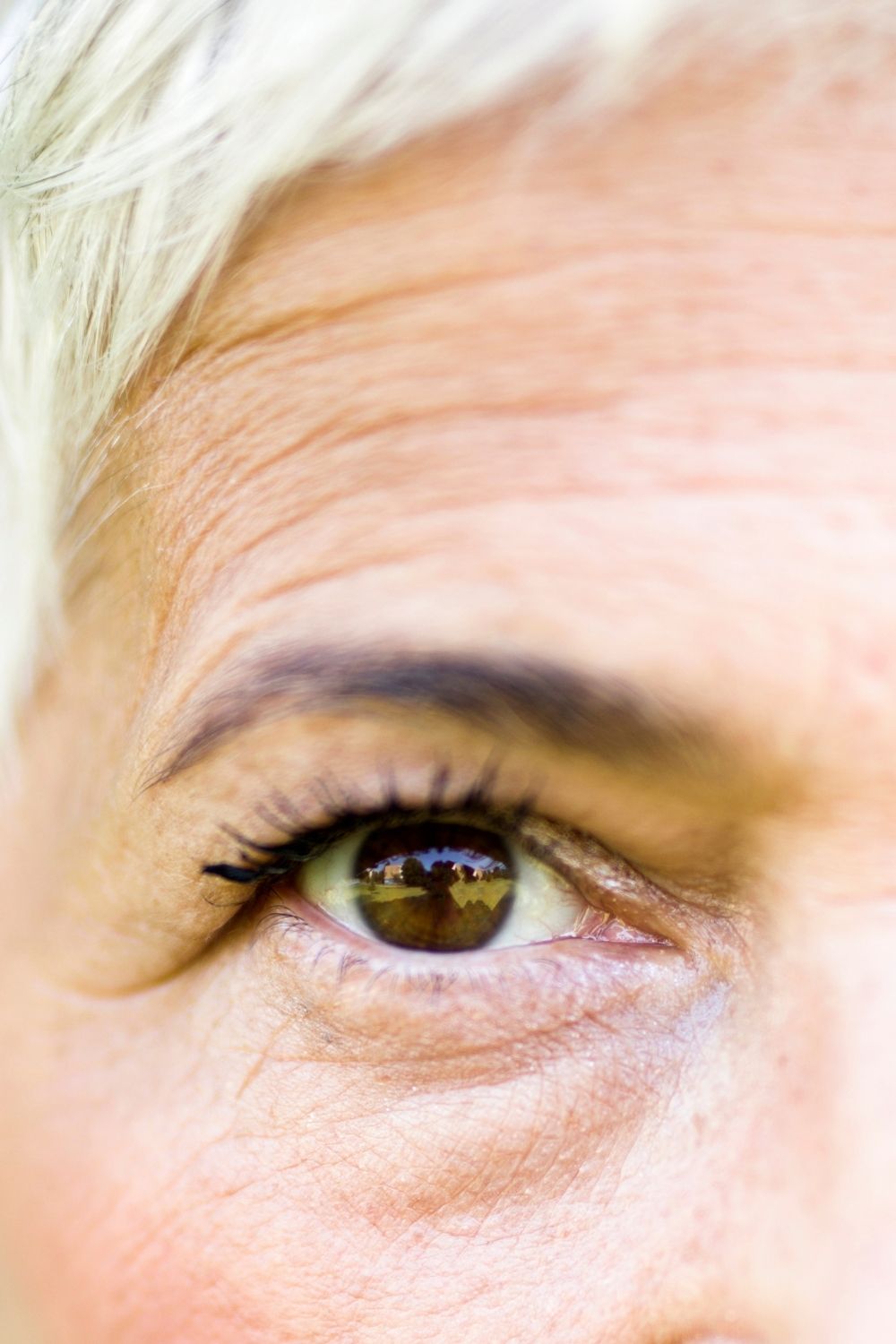February is National
Age-Related Macular Degeneration Month
Age Related Macular Degeneration (AMD) is the leading cause of low vision and blindness in Americans age 60 years and older.
As the Baby Boomer generation ages, the rates of AMD are expected to reach “epidemic proportions”. AMD is a progressive disease with no known cure. It slowly steals vision as it affects the retina, a paper-thin tissue lining the back of the eye, and causes the cells in the area to die. As a result, if you have AMD, you see blind spots, grayness and other distortions in the center frame of your vision.
Ways to Monitor AMD
Ways to monitor and slow the progress of the disease include; regular check-ups with an eye care professional, and self-monitoring your vision using an Amsler grid.
Facts about AMD and Low Vision:
- AMD is a genetic disease. A family history of AMD will put you at a higher risk.
- The two types of AMD are Wet and Dry. Wet AMD affects 10% of patients but this form of AMD causes greater vision loss.
- AMD is most common in people age 50 and older.
- People with low vision have trouble performing everyday tasks such as reading, writing, and driving and their vision cannot be corrected with standard reading glasses.
- People who smoke are at a higher risk for AMD.
- Including green, leafy vegetables and foods high in Omega-3 in your diet will help lower risk of developing AMD.
Reducing your risk for AMD
Even though there is no known cure for AMD, practicing healthy daily lifestyle habits can reduce your risk for it.
A healthy diet
- Eat a diet with plenty of green, leafy vegetables such as kale, spinach, and collard greens, and fresh fruit.
- Fish that is high in omega-3 fatty acids is good for eye health. Try to include it in your diet at least once or twice a week. Types of fish that are high in omega-3 fatty acids include salmon, sardines, mackerel, herring, and albacore tuna.
Protect your eyes
Use large print books or try other media, like books on CD’s or a e-reader
Use a hand held magnifier
Keep your body healthy
Improve the lighting in your home and office.
Use high contrast for reading and writing
Maintain a healthy blood pressure
Quit smoking
See What I See: AMD
Watch to learn more about age-related macular degeneration (AMD), which causes blurriness or spots in the center of your vision. This video explores what life might look like with vision loss caused by AMD.

